LPC2148 ARM 7 Mini Development board is an quick to use evaluation board. with minimal features for fast production. The LPC2148 microcontroller has 512KB of internal flash and 32+8K RAM. Following are the salient features of the board.
- Dimensions: 54 X 120 mm2
- Two layer PCB (FR-4 material)
- Power supply: DC 9V with power LED
- On-board linear regulators generate +3.3V/500mA and +5v/500mA from power supply.
- Serial DB9 Connector for dumping the code as well as for serial communication.
- ON board Break out board
- Extension headers for all microcontroller pins. RS232 connectors blink LED.
System Requirements:
- Windows XP, Win 7 or Win 10
- Serial or Parallel port
- USB port
Starting off & connecting the hardware:
After unpacking the LPC2148 board connect a DC supply of 9V/1A to the DC jack to power the board.
Programming LPC2148 Mini Board:
LPC2148 Board can be programmed through serial port UART “0” using “LPC2000 flash utility V2.2.2” is a freeware windows utility used to download the hex file format onto the LPC2148 Board. If your PC does not have a serial port; use a USB to serial converter to download the hex file.
To program the LPC2148 Mini Board in Manual mode you need a half serial cable (which just has TX, RX and GND wire connected). And connect the half serial cable to UART0 and power the board. (Recommended mode)
- Open LPC2000 Flash Utility V2.2.2
- Browse File name and Select the hex file to be downloaded.
- Select Device as LPC2148
- Set XTL Freq [KHz] to 12000
- Blank Check: Entire Device
- Select the appropriate com port (See your “device manager” to find out the com port number)
- Select the Baud Rate in between 9600 and 38400
- Uncheck “Use DTR/RTS for Reset and Boot Loader Selection”
- Click on Read Device ID.
To make the board enter programming mode
- Hold down ISP and RESET Buttons, then release RESET first and finally ISP.
- The controller enters the bootloader mode.
- It will display as “Read device ID Successful”.
- Click on the Upload to Flash Button.
- Program uploaded successfully.
- Click the Rest Button on the Board. That’s it, your hex file is on the board.
- Enjoy your code output.


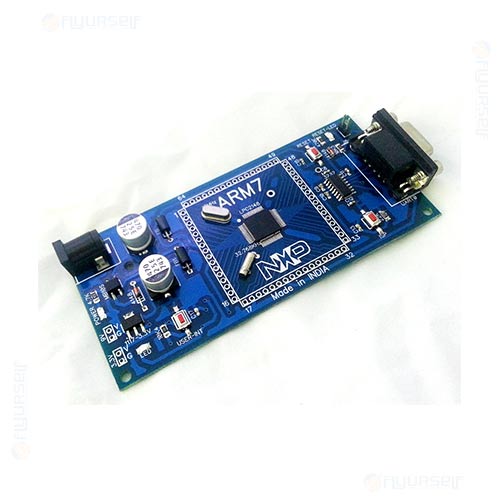
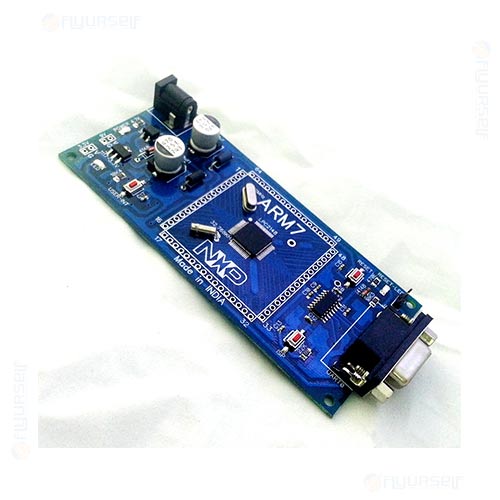
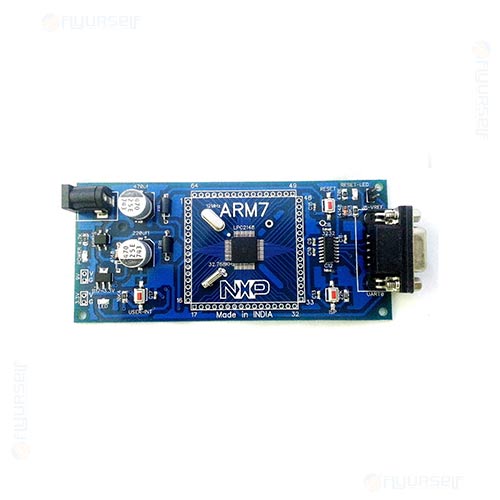
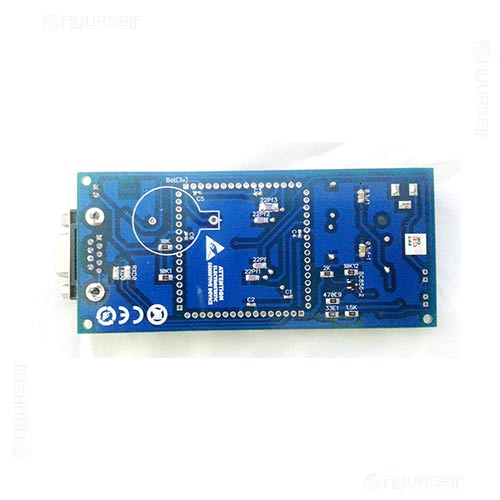




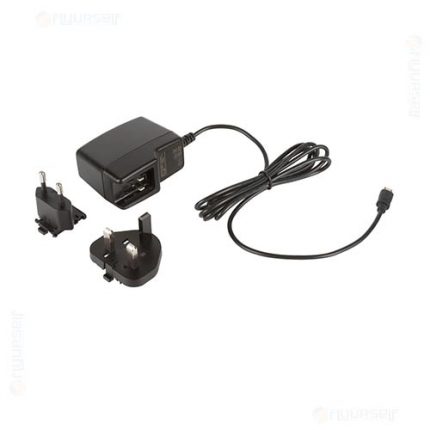
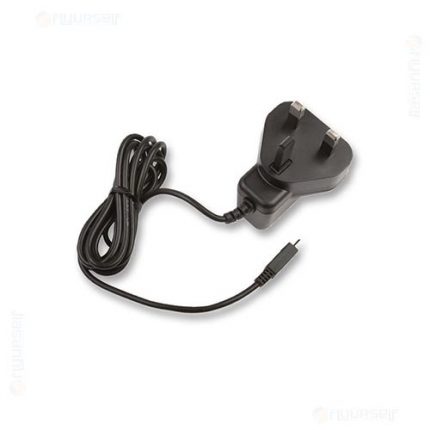
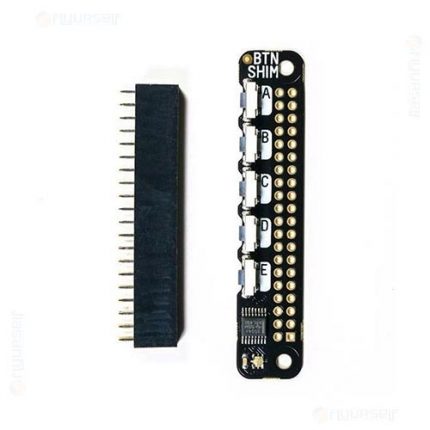
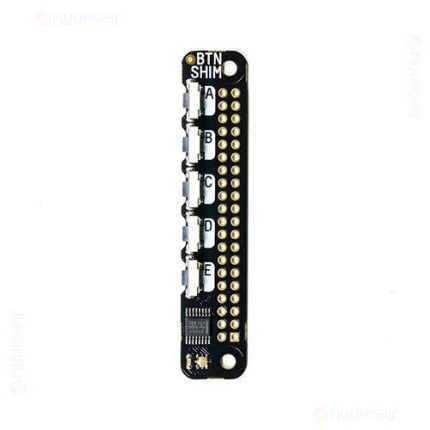


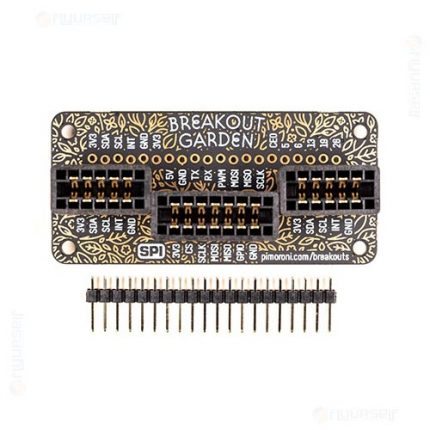
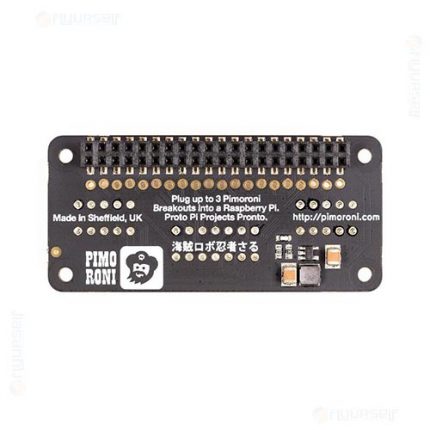
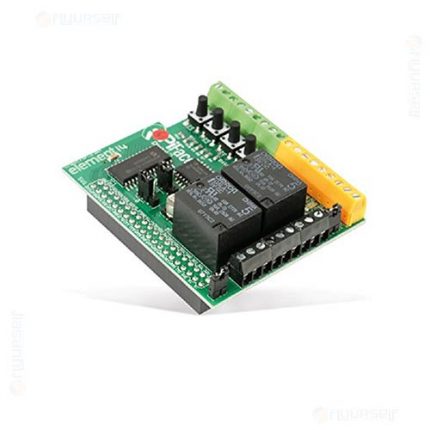




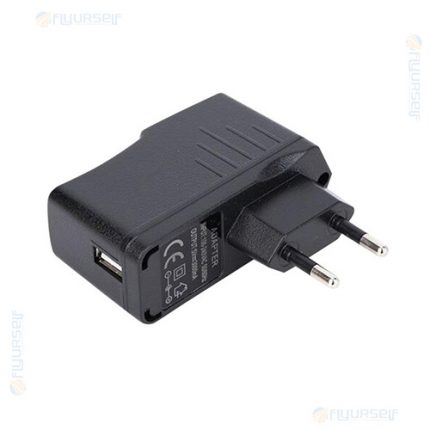
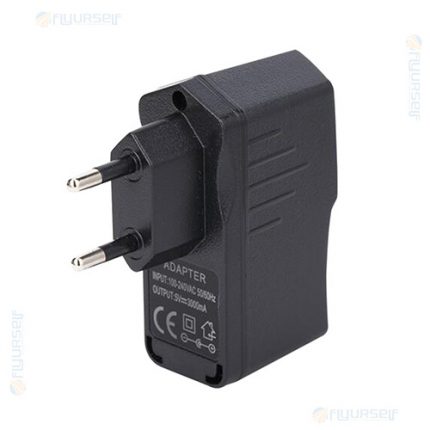
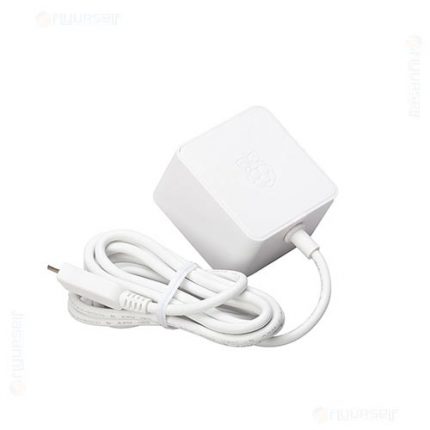



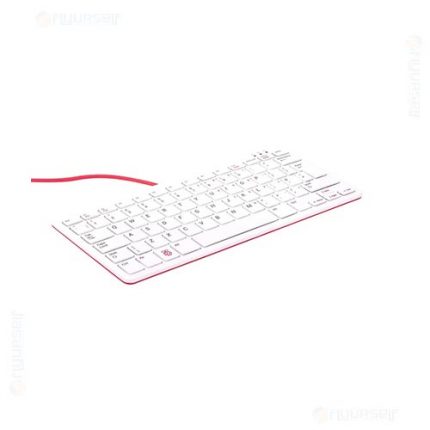

Reviews
There are no reviews yet.